The use of antimicrobial drugs (AD) in aquaculture has led to the emergence of antibiotic resistant bacteria (ARB). In aquaculture this was felt most dramatically in the fish and shrimp industry where massive increases in production, overcrowding of animals and unchecked antibiotic usages led to the emergence of numerous ARB and production crashes in many Asian countries. Now, researchers are trying to use beneficial microbes in aquaculture to improve water quality by balancing beneficial microbial population in water and reducing pathogenic bacterial load. The probiotic organisms are act as ‘a live microbial adjunct which has a beneficial effect on the host by modifying the host associated or ambient microbial community, by ensuring improved use of the feed or enhancing its nutritional value, by enhancing the host response towards disease, or by improving the quality of its ambient environment’.
We from FINRAY BIOTECH INC. developed beneficial microbial strains that are already adapted, through natural processes, to the dynamics of an aquaculture production system will probably lessen any farm management environmental manipulation practices. We are introducing such specifically intended probiotics and bio-remediating microbes, which is bound to favour an increase in the application of probiotics, for sustainable aquaculture production.
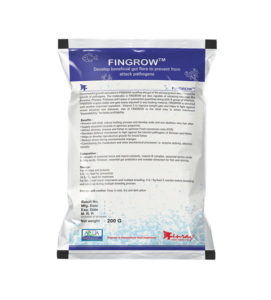
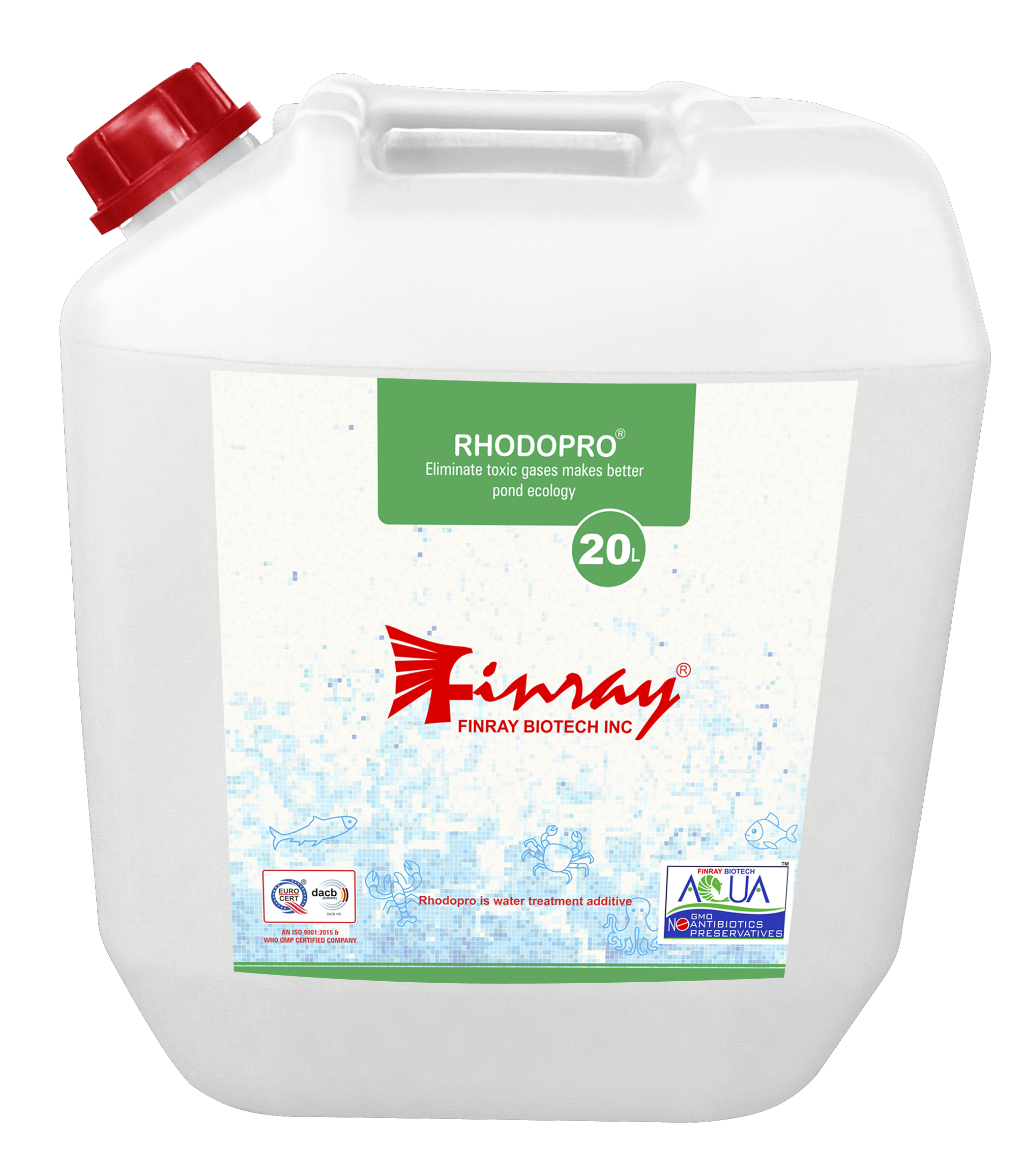
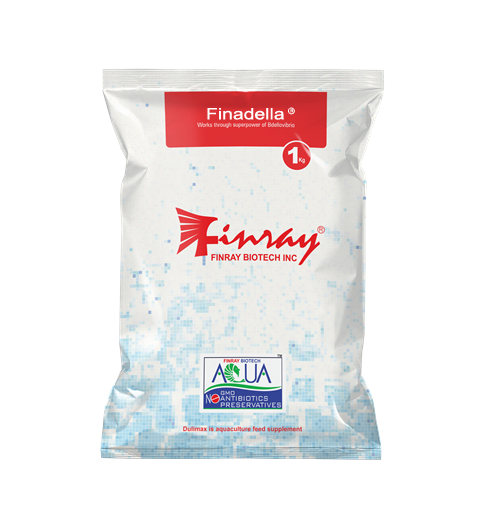
It attacks the pray bacteria and grow and occupy periplasmic space causes lysis by producing hydrolysing enzymes and again attack another pray bacteria.
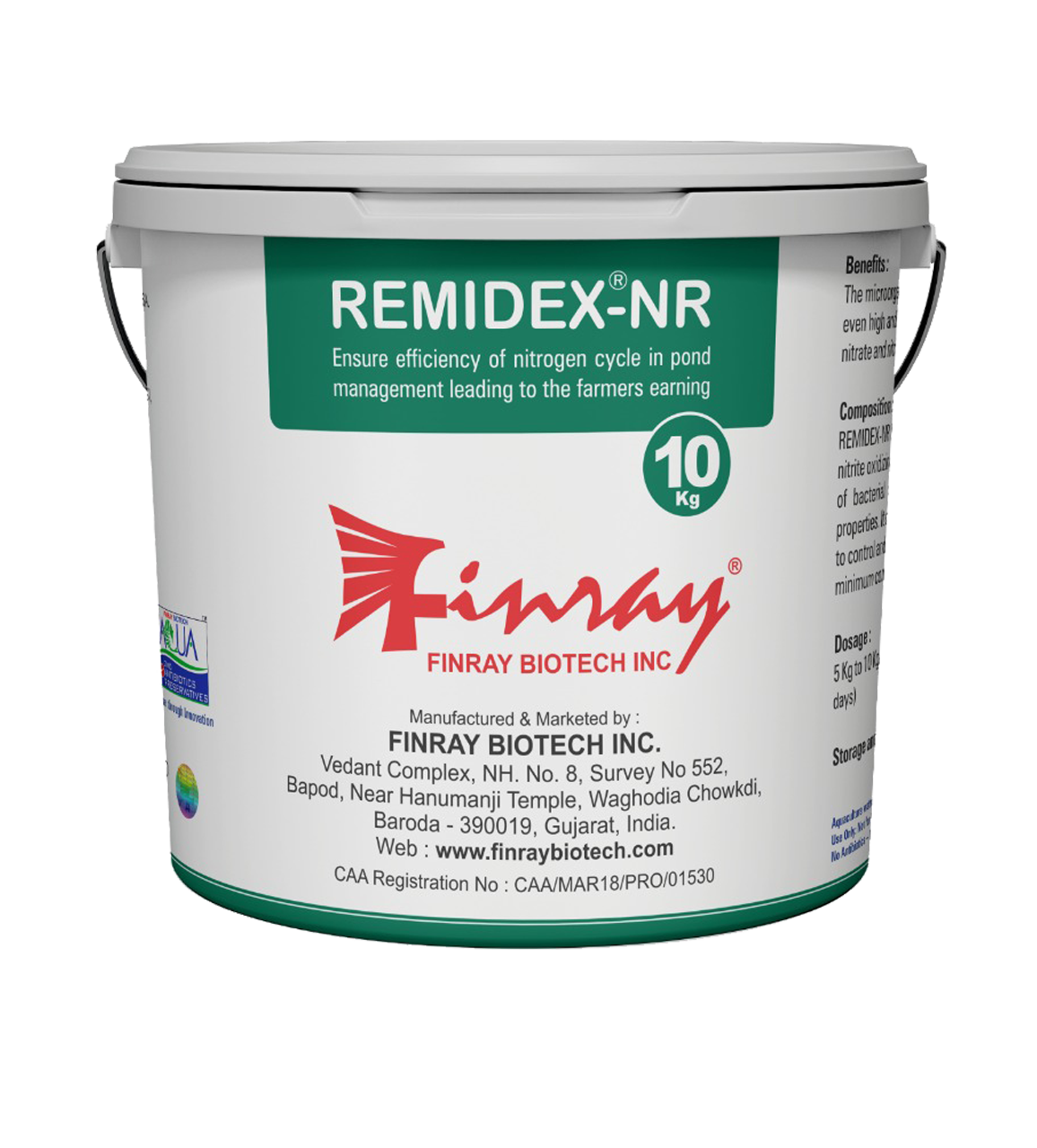
REMIDEX® – NR blend containing Consortia of ammonia oxidizing bacteria (AOB), nitrite oxidizing bacteria (NOB) and denitrifying bacteria (DNB) multiple strains of bacterial spores that produce enzymes and having bio-remediating properties. It contain multiple strains of Bacillus sp. and strains having capacity to control and eliminate nitrate and nitrite in pond aquaculture ecosystem with minimum concentration of 5.5 Billion cfu/gm.
The microorganisms used in this product are able to tolerate and are active at even high and low saline conditions and specially designed to eliminate, both nitrate and nitrite which are extremely toxic to shrimp/ fish
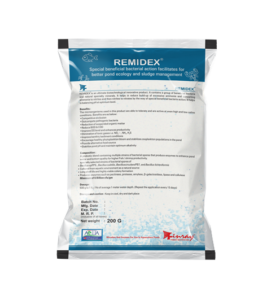
The microorganisms used in this product are able to tolerate and are active at even high and low saline conditions.
Benefits are as below: